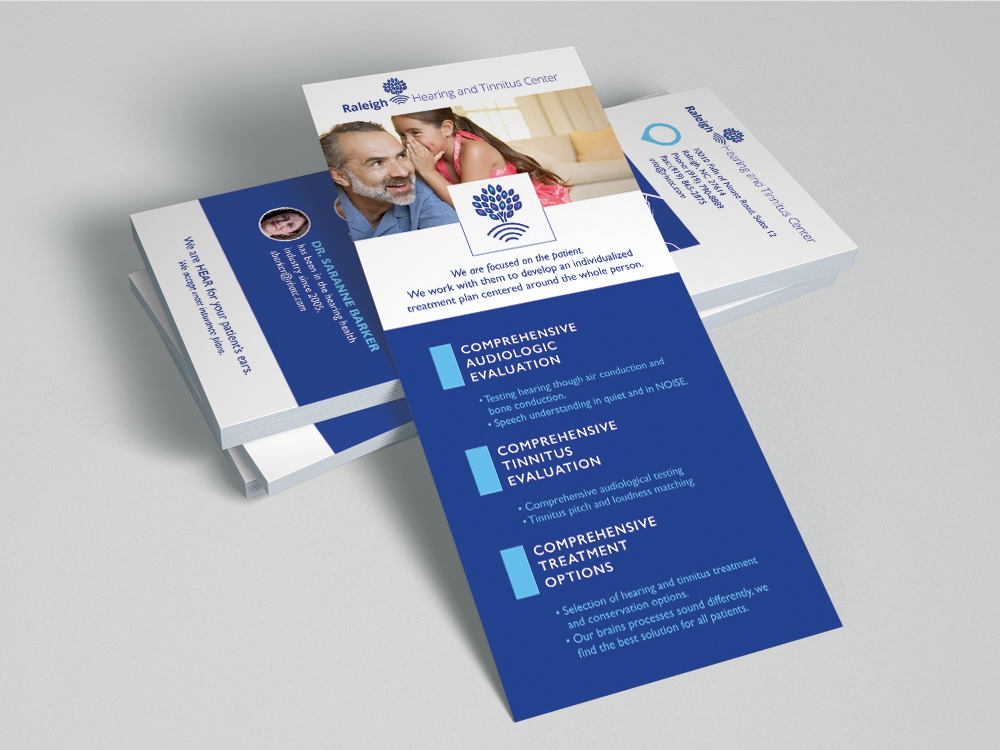4 Physical Marketing Pieces You Shouldn't Do Business Without
There are a lot of different types of businesses out there. And over the years, the vast majority of them have shifted a large part of their marketing and human interaction online. The audience you can reach virtually is seemingly endless and the results of a well targeted social media ad can provide quite the bump in engagement and sales.
But, regardless of the industry you’re in, there are several physical marketing pieces that you shouldn’t go without even in the digital age. Here are four items every business owner should use weekly and some simple ways you can make them game-changing for your business:
1. A clear business card
Even in the digital age, a paper business card is hard to go without. If you plan to build a network or just talk about your business face to face with people, then having a solid business card will be critical.
How to make it great:
One key to a good business card is simplicity. Make sure it’s clear and not over designed. Clutter will immediately make people less interested if they can’t effortlessly find the next step of how to contact you or find you online.
Consistency is another key factor with a good business card. Make sure your card fits the overall look and feel of your brand. Does it match the colors and fonts on your website? Does it have the same style as your social media posts?
Perhaps the most practical thing to keep in mind with your business cards is legibility. I don’t know how many beautifully designed cards I’ve seen that end up failing because the text is too small to read.
2. An overview handout
Having a simple handout that provides an overview of how you benefit your clients can go a long way. This can look a thousand different ways – from the standard trifold brochure to a slim rack card to a multi-paged booklet – but whatever the size or format, the goal is the same…
Provide a potential customer with an overview of what you can do for them and the step they need to take to get started.
How to make it great:
People aren’t dumb, but the are lazy. They won’t look for a next step if you don’t tell them. Include an extremely clear call-to-action (CTA) on your handout. The first step may seem obvious to you, but it’s not to you customer. Spell out the first step and make it impossible to miss.
It’s tempting, but try to avoid including too many details about your company or an exhaustive list of every service you can offer. You handout is the place to focus on the big picture. If you provide a huge array of services, what’s the umbrella benefit that they all share? Limit yourself to a few key categories and people will engage all the better.
Continue to build that brand recognition by keeping the look and feel consistent with your overall brand.
3. A fun thank you card
A wise person once told me, if you can’t think of someone to be grateful for, you’re not thinking hard enough. From a mentor who helped you along to the client that gave you a chance to the colleague that sent business your way – there is an endless number of people who have played a role in helping your business get where it is today.
One great habit is to set a time each week and write a few short words of thanks. You never know what passing it forward will do for others or your business.
How to make it great:
The design of your thank you card is a great place to have a little fun. Rather than slapping your logo on the front and calling it a day, this is your opportunity to be a little witty or more informal. Have fun with seasonal designs or something outside the box.
If you decide to take some liberties with your thank you card, be sure it still fits the overall feel of your brand. Consistent colors, shapes and fonts are a simple way to facilitate trust with your clients. As your clients get to know you, they expect to have the same experience with you time and again, and fulfilled expectation is the foundation of trust.
4. A useful leave-behind
A well branded item will keep you in the front of your customers’ minds for the life of the product. These can be great for trade shows, holiday gifts or just little thank you’s for clients or colleagues.
How to make it great:
The most important thing to ask when deciding on a good leave-behind, is – Is it useful for my audience? If they don’t use it, then it’s a waste of effort and money. So, who is your audience and what do they use regularly?
Do they like stickers for their water bottle or laptop (young, outdoorsy), a magnet on the fridge for emergencies (homeowner), a quality pen or notebook for meetings (professional)?
It’s a bit of a broken record, I know. But, make sure the leave-behind you choose is consistent with the style and personality of your brand.




